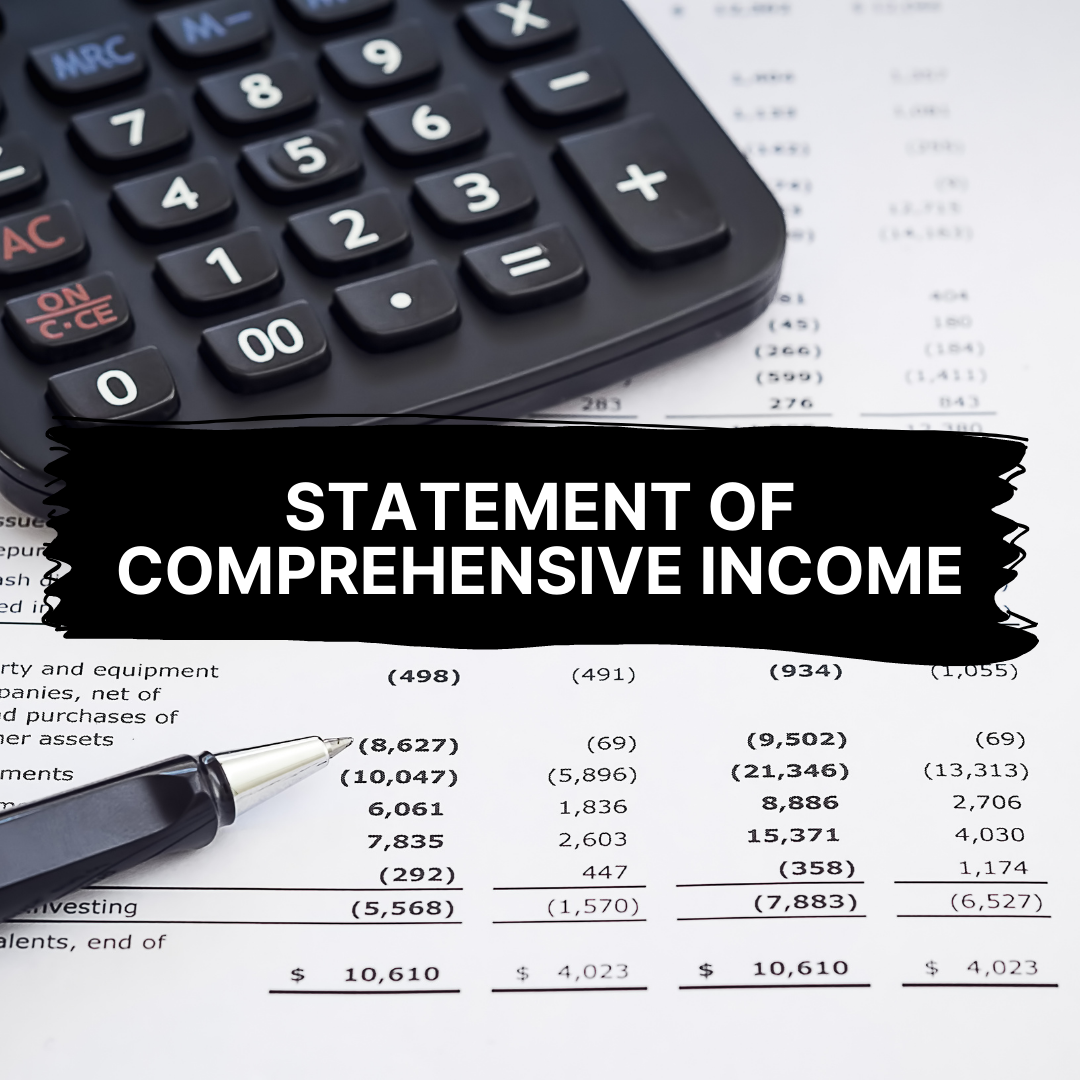Continuing operations is a term used in financial reporting to describe the activities of a business that have been ongoing or continuous since the financial statements were issued. The term is used in the income statement portion of the statement of operations. It refers to the net income or loss earned from continuing operations during a specific period.
A company's continuing operations are typically known as its core business. The term core business refers to the group of operations that contribute to a company's primary source of income, which is also known as its primary activity.
The term core business is also sometimes used to describe a company's most profitable companies, such as those increasing and are expected to continue growing in the future. A company's core businesses may also be referred to as its key businesses. However, this is not always the case because a company can have only one key business at any given time.
Here are the key points covered in the article:
1) What is continuing operations?
2) What are the different types of assets in a company?
3) What is the significance of continuing operations?
4) How is continuing operations expressed?
5) Which factors determine the company's value or continuing operations?
6) What information do the continuing operations provide?
What is continuing operations?
Continuing operations is a term used to describe the continuing business of a company. In other words, it is the portion of a business that continues to operate even if its owner retires or sells its stake in the company. In most cases, continuing operations are also referred to as core operations or primary operations.
At first glance, it might seem as if continuing operations is a term that applies only to privately owned businesses. After all, when an owner sells their shares in a public company, its primary source of revenue — its operations — stops immediately. However, there are instances when government agencies are included in continuing operations. For example, a city's water utility might be considered part of its continuing operations even after it's sold to private investors.
When an investor buys stock in a public company and plans on holding onto it for decades, they likely have no interest in how it does day-to-day business. For this reason, many companies elect to break out their ongoing business into two entities: parent and subsidiaries. This allows investors to concentrate on the growth of their investment rather than on how each subsidiary is performing on its own."
What are the different types of assets in a company?
You can calculate a company's value by looking at its continuing operations. This term refers to the part of a business that will continue to exist after a transaction.
Tangible assets, such as equipment, are considered part of continuing operations if necessary for the company's future operations. For example, a manufacturing plant is generally considered part of continuing operations if the firm needs it for manufacturing. If the plant is unnecessary for the new owner, it is not included in the calculation.
Intangible assets, such as goodwill and patents, are also included in continuing operations unless they are assigned a zero value by an appraiser or company management. The appraiser often has no way of determining whether these assets have any value. Though these assets have no tangible value, they may be critical to the success of a business. For example, if Company A is considering buying Company B, Company A might want to know whether Company B owns certain trademarks that would be useful in marketing its products.
What is the significance of continuing operations?
Continuing operations are essential for making long-term financial decisions because they represent how well a business is doing during normal operations. Calculating continuing operations allows analysts and investors to understand how well a company is performing long-term without being swayed by one-time events.
A business plan typically contains three sections: a mission statement, an overview of the management, and projections for both starting operations and continuing operations. The projections are further broken down into short-, medium-, and long-term predictions. The short-term forecast covers one year or less, while long-term projections cover three years or more.
Continuing operations also refer to a company's ongoing business activities. A company undergoing drastic changes might consider using this terminology instead of "as-is" when detailing how its existing business will be affected by those changes.
Continuing operations would then detail how the company will generate revenue and profit by implementing its new strategies and plans. To determine how projected changes will affect the business, analysts typically use pro forma statements to analyze historical and projected numbers under various scenarios.
How is continuing operations expressed?
Continuing operations are revenues, expenses, assets, and liabilities that a company retains when acquired by another business or undergoes a significant change in its operating structure. The term "continuing operations" is used to distinguish these figures from discontinued operations.
Continuing operations are generally expressed on the balance sheet as either a single line or in two main categories:
- net income (the bottom line) and retained earnings
- expenses and other liabilities
Net income, also known as earnings, is recorded on the income statement and represents the company's profit for a while. As this figure is subject to fluctuations due to external factors such as economic conditions, it may not be a reliable indicator of future performance.
On the other hand, retained earnings reflect profits that have been reinvested back into the business. Unlike net income, which fluctuates from one period to another, retained earnings remain relatively stable because they do not include any amounts that have been distributed to shareholders through dividends or stock repurchase programs.
Which factors determine the company's value or continuing operations?
To determine which factors influence the continuing operation, the company has to examine its assets, liabilities, financial situation, market demand and potential for growth. The process must be profitable enough to remain open or beneficial sufficient to contribute to the overall profit of the parent company.
The valuation of continuing operations is calculated by determining the value of each business and then adding them together. The following factors determine the value of each company:
- Market Capitalization. Market capitalization (or market cap for short) is calculated by multiplying the current stock price by the number of outstanding shares. This calculation results in a dollar amount representing what investors are willing to pay for each share of stock. If a company has 1 million outstanding shares and sells for $10, then the market capitalization is $10 million
- Assets comprise everything a business owns -- cash, real estate, equipment, accounts receivable, and inventory are all assets. If someone were to buy all purchases at auction, they would get them at their fair market values as determined by an appraisal but not discounted because they are being sold "as is"
- Asset Value per Share. The value per share of assets is calculated by dividing the total value by the number of outstanding shares
What information do the continuing operations provide?
Continuing operations in a business refer to the company's operations for at least one year. In case of bankruptcy, if the company has been in operation for more than a year, it is considered continuing process.
As per the accounting standards, companies must present their financial information using the framework of either going concern or liquidation. This means they have to use either discontinued operations or continuing operations in their financial statements. The term discontinued operations are used when the company is no longer doing business operations.
The continuing operation provides information about all of the operating activities carried out during the current or preceding fiscal years. We can also call these ongoing or regular business activities. These include all of the activities done to generate revenues and profits during a particular period.
On the other hand, the discontinued operation gives out information related to activities that caused losses to the company during a particular period. The main difference between these two types of functions is that while companies use continuing operations in their financial statements, they use discontinued operations in their income tax returns and Form 10-Q and 10-K.
How can Deskera Assist You
Deskera is a cloud system that makes your business analytics and data available in real-time and across every device. This saves business time and money by making it possible to make quick decisions based on data that is updated and accurate.
An online accounting and invoicing application, Deskera Books is designed to make your life easier. This all-in-one solution allows you to track invoices, expenses, and view all your financial documents from one central location.
In addition to this, Deskera Books will make accounting faster, more efficient and real-time. This will become the basis for your sales strategy as well as business decisions. Deskera books will also ensure that your business follows the RITE framework of accounting, which will save it money.

Invoice generation, invoice reminders, and integration of tasks, inventory, tax calculations and payments due and receivable can also be brought together in one place.
Deskera is hence your go-to solution for all your business financial reports and more. It will become your guide, mentor and assistant that will help you avoid mistakes and save you money.

Wrapping Up
A profitable business is usually considered to be in the continuing operations phase. Countries and organizations that receive a significant revenue annually may put off fruitful years for taxes. They are allowed to use continuing operations of a business to evaluate the current year's net income or losses and discount them against previous losses.
Key Takeaways
- Continuing operations is a term that business owners use to describe the profit or loss of a business when all income and expenses are considered, except those which are discontinued
- Continuing operations are also called "as-if-continued" operations
- A business owner can use these terms interchangeably
- Continuing operations are simply the company's business in its present state. The balance sheet, income statement, and cash flow statement
- of continuing operations show the company's current status.
For example, imagine a retailer closed their retail store for two months for remodeling and maintenance. The store would not operate during this period, so it would not generate any sales or expenses. However, once the store reopens, it continues to operate as if it never closed at all.
The owner can compute the revenue and expenses using either method -- using the actual cash flow from operating activities before closing the store or using the "as-if-continued" approach to determine how much revenue and expenses would have been had the store continued to run uninterrupted.
At Deskera, we know that the balance sheet of continuing operations shows the company's assets, liabilities, and owner's equity as they stand right now. The income statement shows the revenues and expenses during a specific period. The cash flow statement shows how much cash came into the company during that period and how much it went out. Together, these three statements can show how well the company is doing financially.
Related Articles











